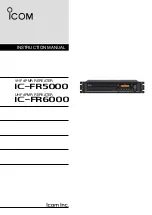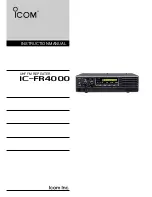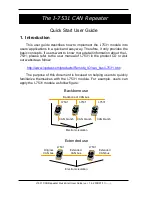
Zennio Linecoupler
Technical Support:
http://zennioenglish.zendesk.com
9
Physical address filtering
: when the line coupler receives a telegram where
the destination address is a physical/individual address (for example, during
downloads), it will compare such address with its own physical address (no
particular filter table is required for physical address filtering, but a simple
comparison). The physical address of the line coupler determines the line it
belongs to, which then, and according to the parameterisation, determines if
the telegram will be routed or eventually dropped (blocked). This can be
parameterised separately for the mainline and for the sub-line.
Example
:
in the example shown in Figure 4, if the line coupler with
address 3.2.0 reads a telegram on the mainline destined to the device
with physical address 3.1.2, it will compare both addresses and
conclude that 3.1.2 is not an address belonging to its line and will
therefore not transmit it to its secondary line.
Note
:
the device that sends a telegram needs to have been assigned a
physical address that
really
corresponds to its line. In Figure 4, if the device
with address 3.1.1 (let it be a KNX programmer, for instance) changes its
address to 7.7.255, it will not
be able to send telegrams to, for example, the
device with address 4.0.1.
For their part, the LED lights on the top of the device make it easy to monitor the status
of the buses and to detect typical communication problems, as detailed next.
Figure 6
LEDs








































